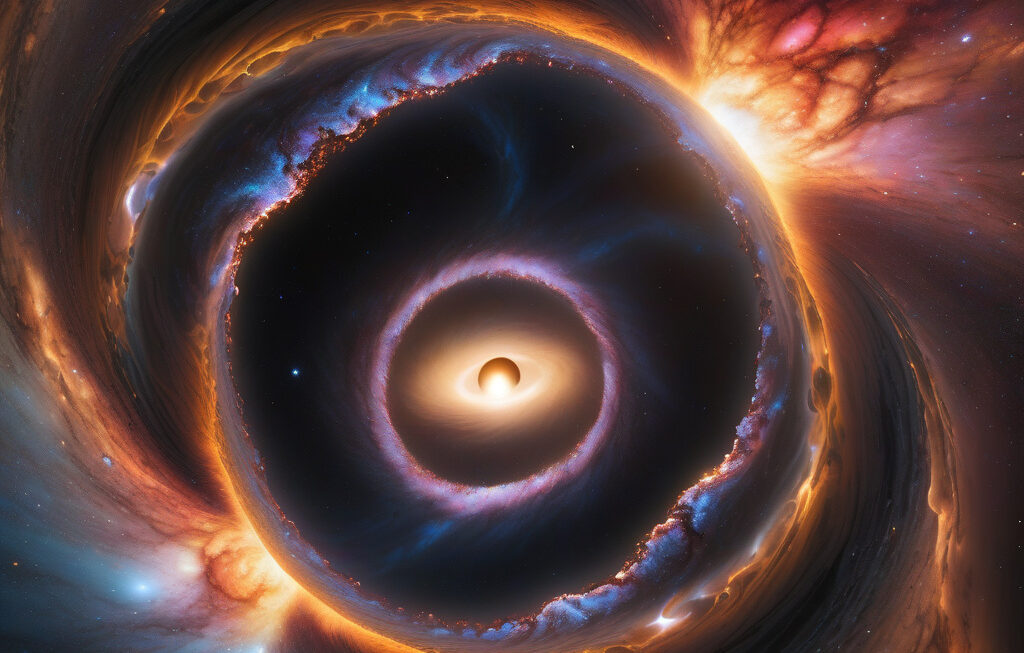New Quantum Gravity Theory Brings the World Closer to ‘Theory of Everything’
A unified theory of everything has long eluded scientists due to gravity being irreconcilable with the principles of quantum mechanics. However, recent advancements in the field of quantum gravity have reignited hope for a breakthrough that could finally bridge the gap between these two fundamental pillars of modern physics.
One of the major challenges in developing a theory of everything has been the discrepancy between the classical understanding of gravity, as described by Isaac Newton’s law of universal gravitation and Albert Einstein’s general theory of relativity, and the quantum realm, where particles and forces interact on a minuscule scale governed by different rules.
Quantum mechanics, which explains the behavior of matter and energy on the smallest scales, has been incredibly successful in describing three of the four fundamental forces of nature: electromagnetism, the weak nuclear force, and the strong nuclear force. Yet, gravity has remained the elusive missing piece of the puzzle.
Enter quantum gravity, a field of theoretical physics that seeks to unify gravity with the principles of quantum mechanics. While numerous approaches to quantum gravity exist, such as loop quantum gravity, string theory, and causal dynamical triangulation, a definitive theory that resolves the contradictions between gravity and quantum mechanics has remained elusive.
Recent developments in quantum gravity, particularly within the framework of string theory, have shown promising signs of progress towards a potential theory of everything. String theory posits that the most basic building blocks of the universe are not particles but tiny, vibrating strings of energy. These strings oscillate at different frequencies, giving rise to the diverse particles and forces observed in the cosmos.
One of the key insights of string theory is the concept of extra dimensions beyond the familiar three spatial dimensions and one time dimension. While these extra dimensions are not perceptible in our everyday experience, they are essential for the mathematical consistency of string theory and may hold the key to reconciling gravity with quantum mechanics.
By incorporating the principles of string theory into quantum gravity, researchers have made significant strides in addressing the fundamental questions that have long plagued physicists. These advancements have not only deepened our understanding of the nature of space, time, and matter but have also brought us closer to unlocking the mysteries of the universe.
While the quest for a theory of everything remains a daunting challenge, the progress made in the field of quantum gravity offers a glimmer of hope for a more comprehensive and unified description of the cosmos. As scientists continue to push the boundaries of theoretical physics, we stand on the brink of a paradigm shift that could revolutionize our understanding of the universe and our place within it.
In the pursuit of a theory of everything, quantum gravity stands as a beacon of progress, illuminating the path towards a more complete and harmonious view of the cosmos. With each new discovery and breakthrough, we edge closer to unraveling the profound mysteries that have captivated humanity for centuries, bringing us one step closer to a unified theory that encompasses all facets of existence.
theory of everything, quantum gravity, string theory, unified physics, scientific breakthroughs












